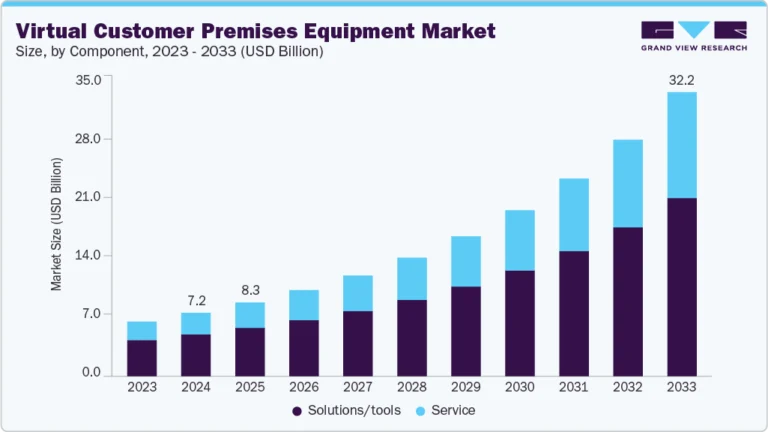Image Sensor Market Size, Share & Trends Analysis growing at a CAGR of 7.7% from 2025 to 2030

The global image sensor market size was valued at USD 31.17 billion in 2024 and is projected to grow at a CAGR of 7.7% from 2025 to 2030. The rising demand for high-quality imaging in consumer electronics, especially smartphones, is a key factor driving growth. As consumers prioritize superior camera performance for photography and videography, manufacturers are compelled to enhance their image sensor technologies. This trend is further supported by the rapid advancements in Complementary Metal-Oxide-Semiconductor (CMOS) sensors, which offer better efficiency and lower production costs, making high-quality imaging more accessible.
Request a free sample copy or view report summary: https://www.grandviewresearch.com/industry-analysis/image-sensors-market/request/rs1
The rising adoption of Advanced Driver-Assistance Systems (ADAS) and autonomous vehicles necessitates sophisticated imaging solutions for safety and navigation. For instance, Samsung’s ISOCELL auto image sensors combine an 8.3MP resolution with advanced high dynamic range and flicker mitigation technologies, enhancing safety and comfort during driving experiences. Moreover, image sensors play a crucial role in enabling features such as lane departure warnings, adaptive cruise control, and parking assistance. As automotive manufacturers increasingly integrate these technologies into their vehicles, the demand for advanced image sensors is expected to rise significantly.
The growing emphasis on Artificial Intelligence (AI) and Machine Learning (ML) in imaging applications is set to enhance the capabilities of image sensors. These technologies enable real-time processing and analysis of visual data, leading to improved functionalities such as object recognition and enhanced low-light performance. Integrating AI and machine learning is expected to broaden the range of applications for image sensors across multiple sectors, including healthcare, security, and robotics.
Type Insights
The CMOS image sensors segment dominated the market with a share of 98.4% in 2024. This can be attributed to the widespread adoption of CMOS technology in consumer electronics, such as smartphones and cameras, where high-quality imaging is essential. For instance, Canon’s current Cinema EOS, PowerShot, and EOS camera lines utilize CMOS sensors, including the mirrorless EOS R System. This integration enables Canon to provide high-quality imaging capabilities across its diverse product offerings, appealing to amateur and professional photographers. Moreover, CMOS sensors offer several advantages, including lower power consumption, faster processing speeds, and compact designs that fit well into slim devices.
The CCD image sensors segment CAGR is projected to decline during the forecast period due to the increasing preference for CMOS sensors, which have become more cost-effective and versatile over time. While CCD sensors are known for their superior image quality and low noise levels, they face challenges in adapting to the evolving demands of modern imaging applications that require rapid processing and integration into compact devices. As manufacturers focus on developing advanced CMOS solutions that meet consumer needs for high-quality imaging at lower costs, the CCD segment may struggle to maintain its relevance in the competitive landscape of the image sensor industry.






